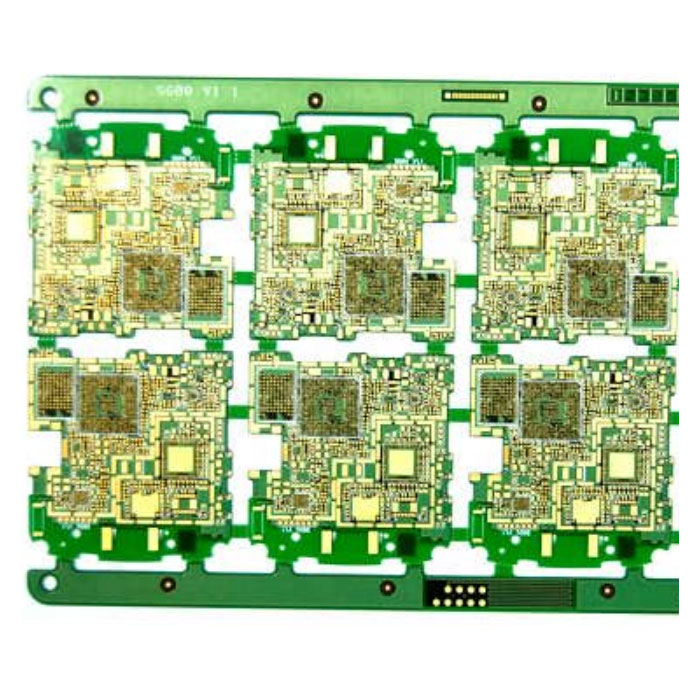
The most troublesome thing about multilayer PCB design is interlayer interference. Signals are strung back and forth, which may cause bit errors or even a direct strike. To solve this problem, we have to start from the layout, routing and materials.
First of all, the stacking order must be particular. High-speed signals should be routed on the inner layer as much as possible, and the upper and lower layers should be clamped by a complete ground plane to isolate interference like a sandwich. Put the power layer and the ground layer as close as possible to effectively reduce power noise. If the signal line needs to cross layers, remember to add a via at the layer change point to ground the return current nearby.

Secondly, the routing spacing should not be too small. It is best for the wires of adjacent layers to cross vertically, and not to be too close in parallel. If it is really unavoidable, use the "3W principle" (line width 3 times spacing) to reduce crosstalk. Make more ground vias around high-frequency signal lines, which is equivalent to surrounding the signal lines with a shielding cover.
Finally, material selection of multilayer PCB is also critical. The dielectric constant and loss tangent of the board will affect signal integrity. In high-frequency scenarios, choosing materials with low Df values, such as Rogers RT5880, can reduce signal attenuation and crosstalk.
In fact, the core of anti-interference is two points: isolation and return current. Physically separating the signal from the interference source and providing a smooth current path will solve most of the problem.
As a professional manufacturer and supplier, we provide high-quality products. If you are interested in our products or have any questions, please feel free to contact us.